Why a love of gardening will get us all in the end
When it comes to gardening, resistance is futile — especially if you're British — so it's best to give into it and get on with it.
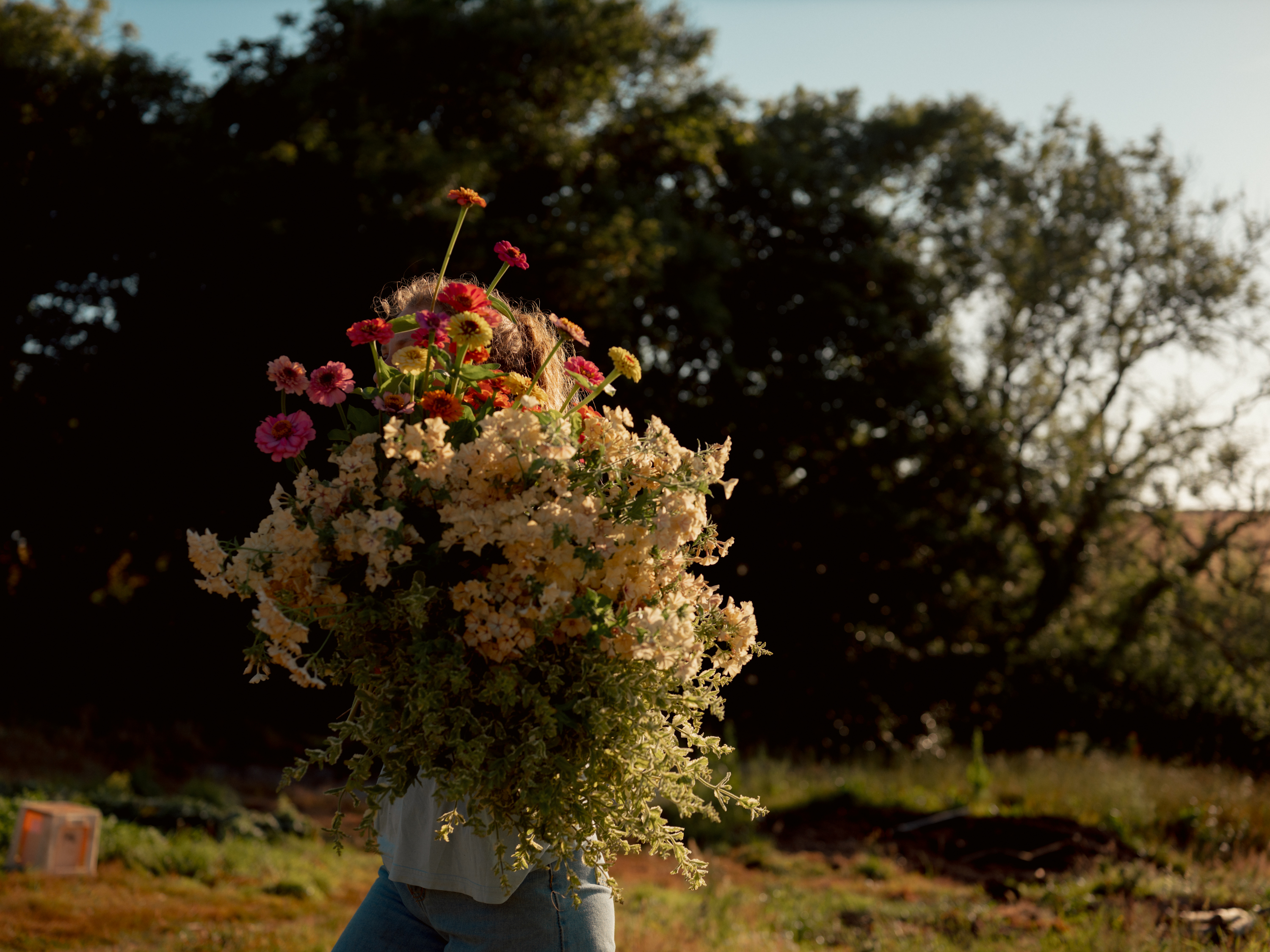

‘In this world nothing can be said to be certain, except death and taxes,’ wrote Benjamin Franklin, famously, in 1789. Not particularly cheery, but undeniably true. Some of life’s other predestined certainties are connected with the aging process: the moment when we choose to prioritise, or even like, comfort over style, and sleep over staying up all night drinking mezcal.
The problem with the above is that they are all about not doing things, rather than doing things and adding to the rich mosaic of life. So, let me tell you the good news. There is one other inevitability in life — and it is wonderfully proactive.
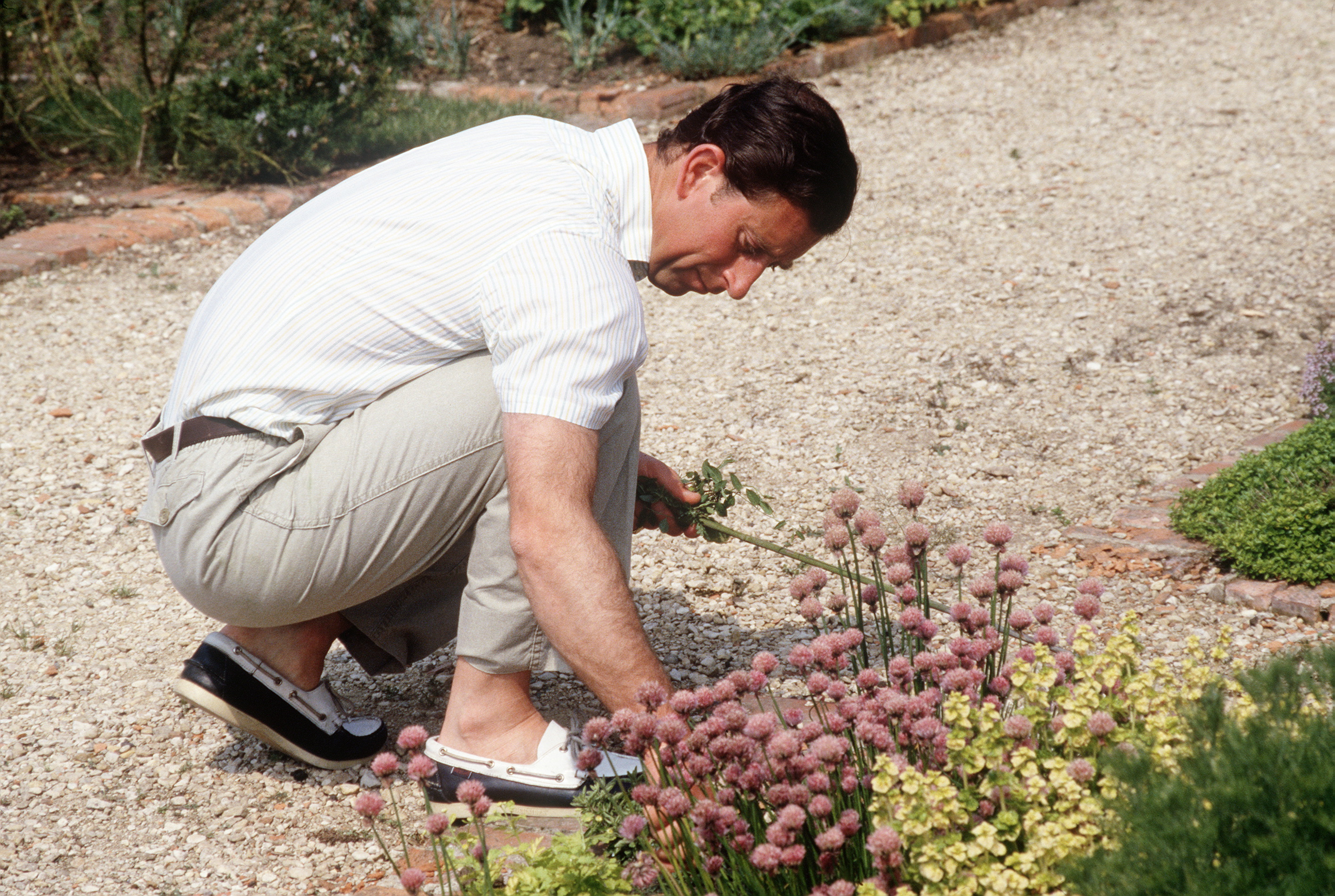
In an interview on Gardeners' Question Time, King Charles, a lifelong gardener, advised: 'Before you rush into things, see what you like and don’t like and then get stuck in. For me it’s the most marvellous, therapeutic business. You can get reward from it, but you can also be driven mad by it.'
Most of us, whether we like it or not, will become gardeners.
For the sake of this article, let us assume that early onset symptoms are showing. It starts gently — maybe you watched an episode of Gardeners’ World, found yourself purchasing a pair of sturdy gloves, or an RHS membership. Once you realise you are infected, then it is best to relax into it and not get anxious. The first thing to wrap your head around is that not everyone’s garden has to be Sissinghurst or Great Dixter. It can be unkempt, it can be immaculate (but soulless), it can be chaotic, it can be edible; it can be one big fish pond or maybe a forest or simply consist of a couple of pots. Your garden is whatever you wish it to be; nobody is judging you and the purpose of any garden is to make the people (and creatures) who occupy that space happy.
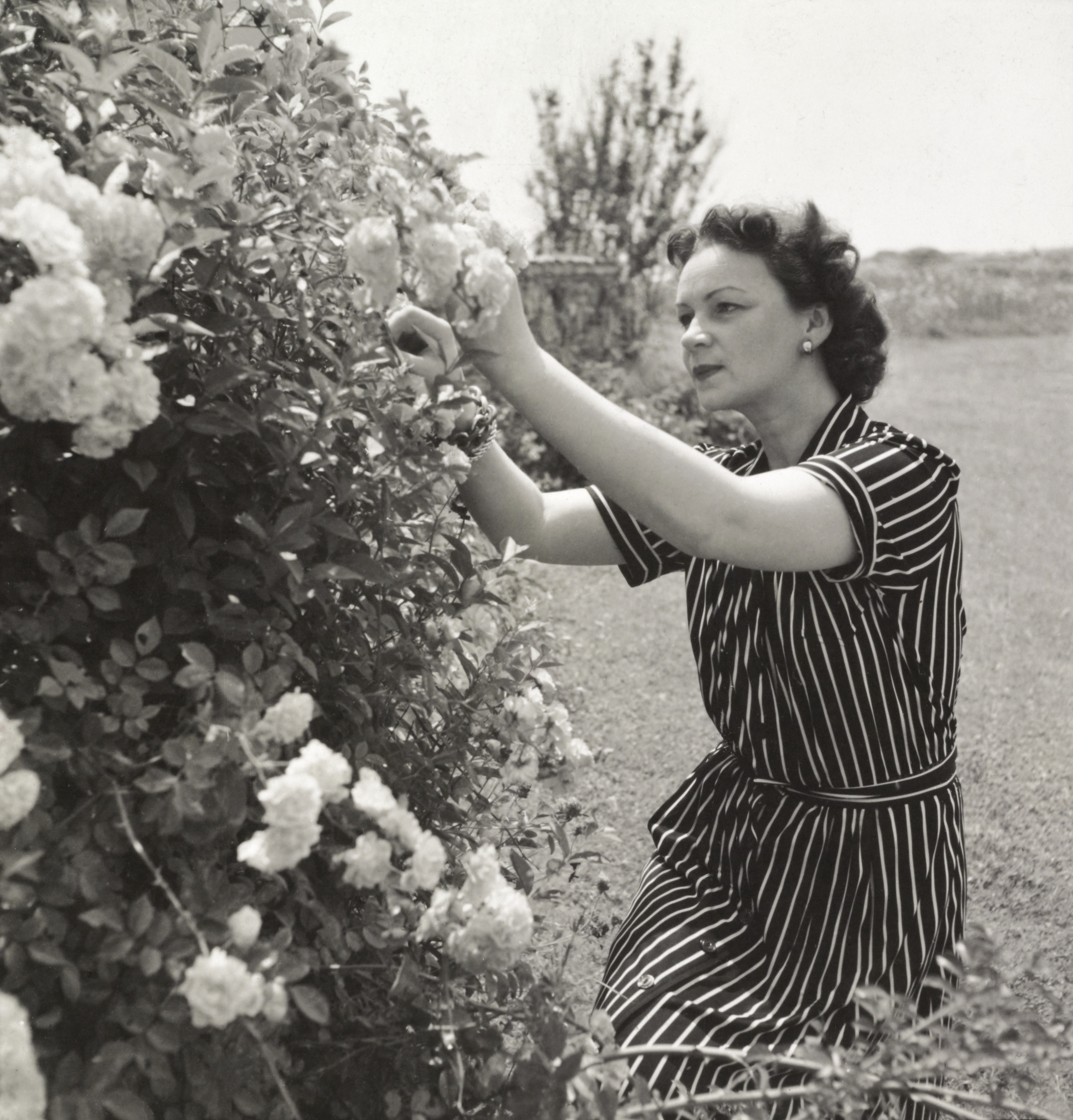
This images, take by a Vogue photographer, shows 'Mrs Richard Lounsbery tending to the roses in her garden', in Newport, Rhode Island.
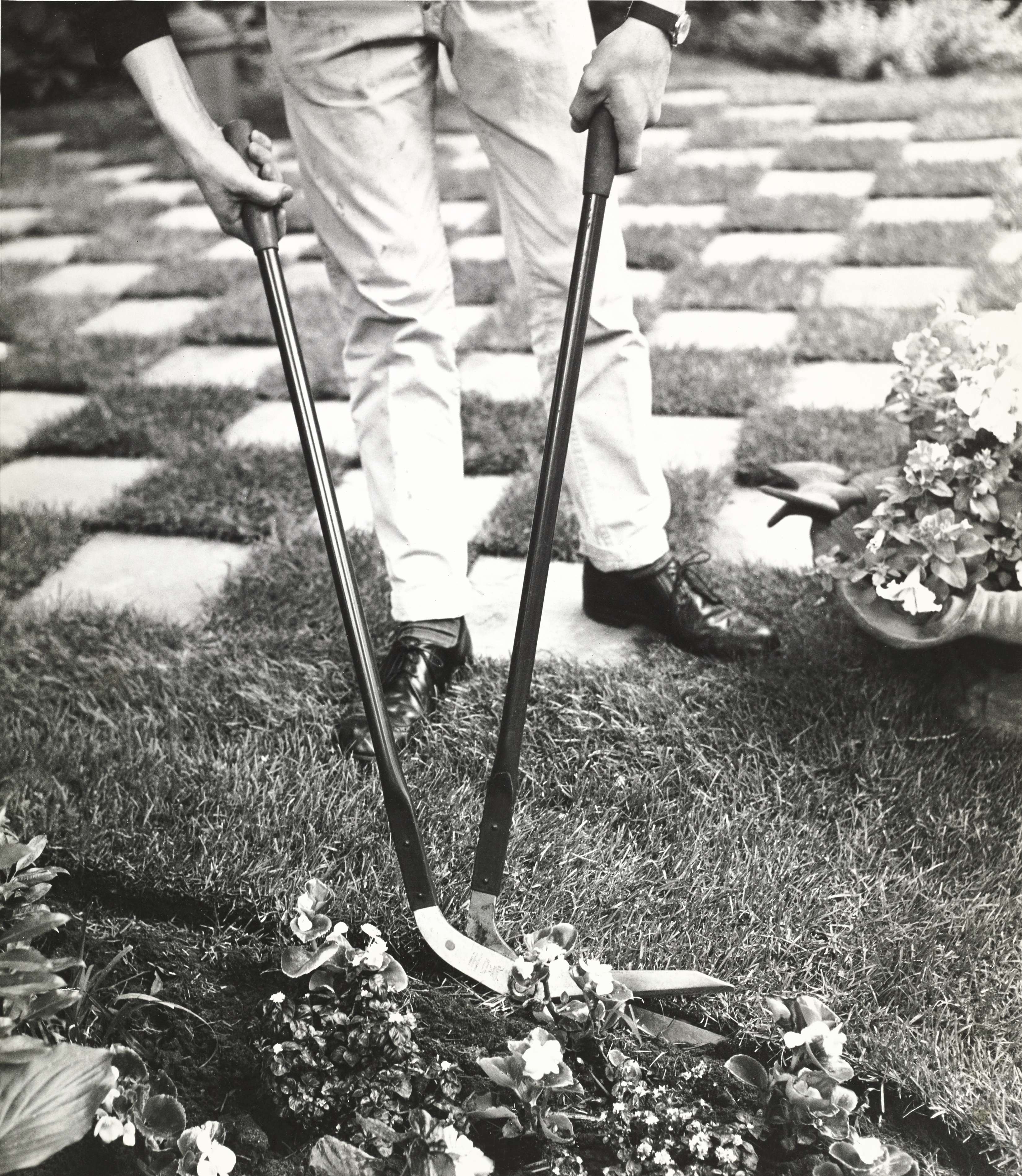
I was not even faintly interested in gardening for the first 25 years of my life. Why would I want to do something as obviously tedious as gardening? I failed to see the charm in digging and mowing and raking up leaves. I was unhappy about the rain trickling down the back of my neck and preferred nail varnish to muddy cuticles (this was, after all, the moment between glam rock and punk). Matters were not helped by the many hours I spent in detention, at school, hand weeding the enormous cobbled yard. In short, I was a pretty hard-boiled case destined to live in an upstairs flat with the windows closed. Maybe with a job as a Dickensian clerk in a dusty office.
A post shared by David Beckham (@davidbeckham)
A photo posted by on
My perspective changed when I got my first house — as it does for lots of us. Is a love for gardening a peculiarly British thing? Probably. I think that our desire to own houses rather than, as is the case in many other European countries, rent them, must make us more susceptible to beautifying everything about them. Mine was a tiny ‘cottage’ on the Uxbridge Road in West London with a minuscule concrete yard, hemmed in by one brick wall, one wooden wall and one made out of corrugated iron sheet, coated in a thick layer of white lead paint. It wasn’t a terrifically promising start, but with windows that looked out onto it, I couldn’t just pretend it wasn’t there. The only sensible thing to do was grow things in it, but what, and how?
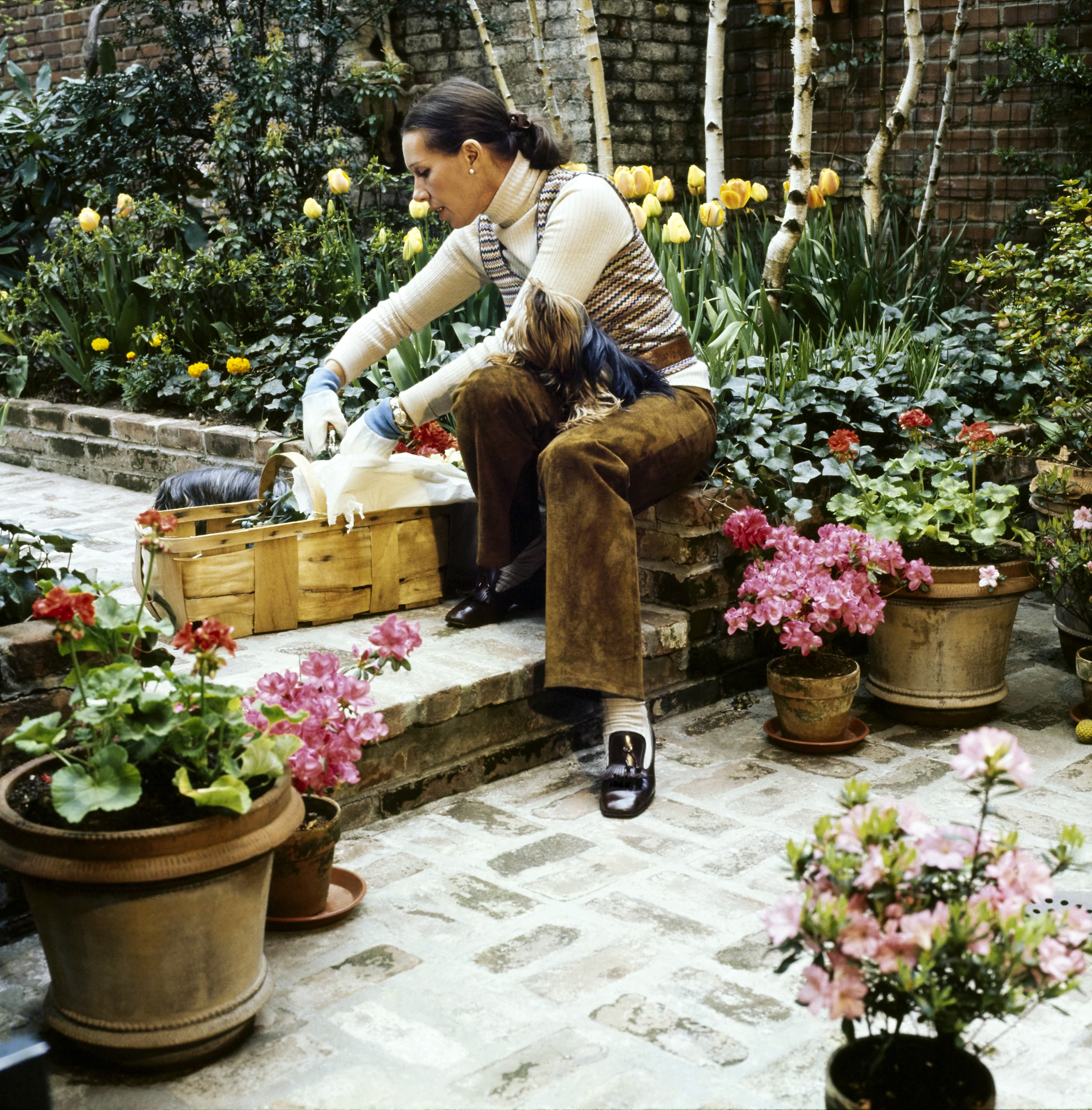
At the New York City home of editor Françoise and fashion designer Oscar de la Renta, Françoise, sits on a bench cutting flowers in her garden.
I didn’t know it then, but this was the moment I found my destiny and became a gardener — an activity that has occupied my life, and fed my family, for the past four decades. However, it doesn’t have to be that serious. For many more people, gardening is just a nice thing to do, with multifarious benefits for their health and nature. But I’m getting ahead of myself. My first step was to ring my mother and ask for some basic advice. The second step was to grow some sweet peas and plant a tree. Since then, it has all been a matter of rolling with it and embracing the gardener that had always been slumbering inside.
Exquisite houses, the beauty of Nature, and how to get the most from your life, straight to your inbox.
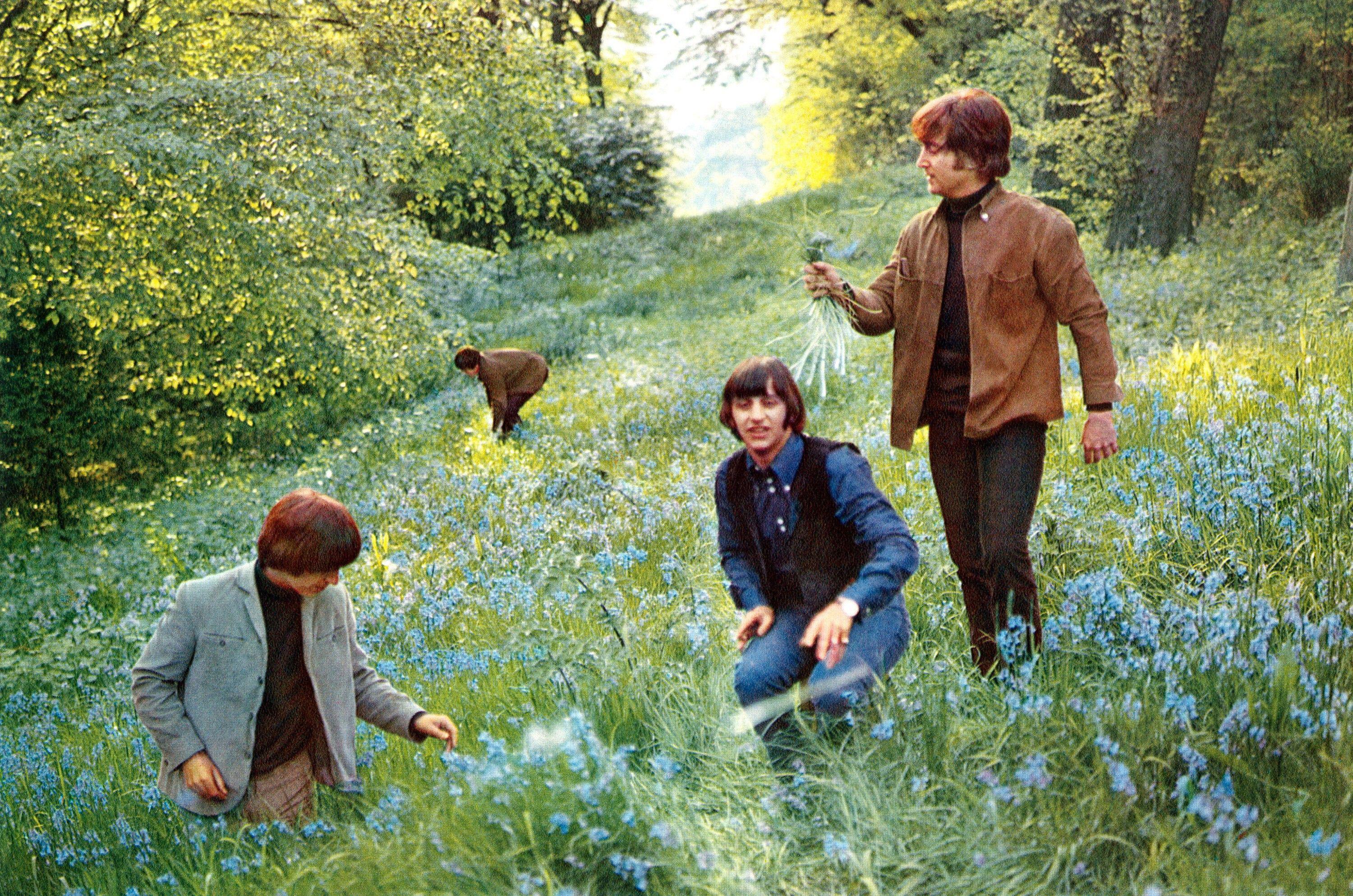
The Beatles photographed in 1965. Paul McCartney, at the back, has a long-standing interest in organic gardening.
You might be pleased to hear that you don’t have to rely entirely on your own mother — after all, some mothers may well be rubbish gardeners. Instead, there are endless hours of video, a truckload of podcasts (including mine: The Scribehound Gardening Podcast), thousands of books and lots of magazines all proffering advice. Also, unlike more competitive preoccupations, almost every gardener is friendly and keen to share whatever knowledge they may have garnered along the way. If you want practical help there are local allotment collectives and garden clubs in towns and villages up and down the country, from the very spiffy — like the new garden club just starting up at Daylesford Organic (there’s a monthly lunch for members in which you can weep about your slug problems and learn how to prune roses), to local horticultural societies. Join one of these and there will be talks, shows and garden visits with like-minded people.
The important thing to remember is that gardening is supposed to be fun: enjoy the triumphs and shrug off the hiccups. Nobody knows everything and all of us have years when things don't go quite to plan. The cyclical nature of gardening means that you can always try again next year. Having started this piece with old Ben Franklin I will finish by bowdlerising Jane Austen: ‘It is a truth universally acknowledged, that a British person in possession of an outdoor space, must be in want of a garden’.
James Alexander-Sinclair is a garden designer, journalist, author, speaker, podcaster, Fellow of the Society of Garden & Landscape Designers, RHS Vice President, Gardens Judge & Ambassador for Garden Design. You can find out more about his work at jamesalexandersinclair.com.
